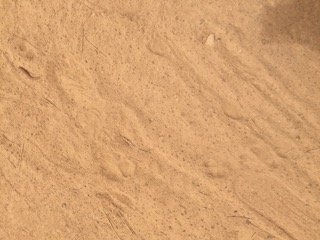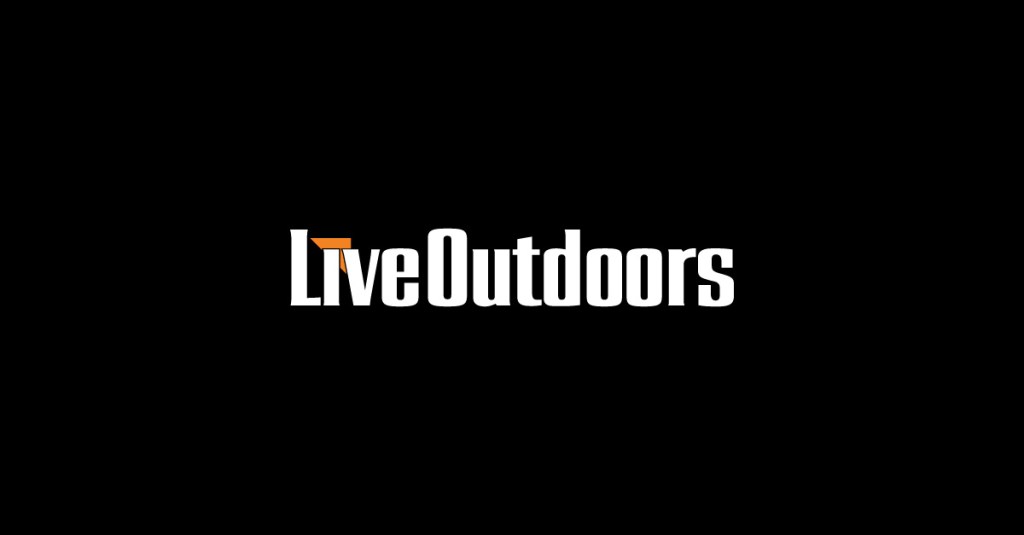
Most people who look at this picture see sand and little else. If you look closely, you might also see a shoe print. But do you see the deer, coyote, fox and gray squirrel tracks? Can you see that a few rain drops fell since these tracks were made? Did you know that they were made two days ago?
Learning how to track has opened up a whole new world for me, not only as a hunter and outdoorsman, but as a conservationist and ecologically-minded human being. My visits to natural places have become so much more meaningful since I started seeing the whole picture, the stories that are imprinted on the landscape, eagerly waiting to be revealed.
Think about how many people flock to the outdoors. It is a sanctuary, a healing place for millions who seek a connection to a part of themselves that they can’t deny—their natural state. Tracking helps you slow down, tread more lightly and use your senses to their fullest. Once you learn, you will find that you experience nature on a whole new level. It’s a healthy addiction for me, and one that keeps me excited to learn and experience more. Every trip into the woods has become an adventure, a chance to see what goes on when I’m not around.
Tracks are everywhere and an experienced tracker can tell you a story about what happened, when, and the even the mindset of the creature who made them. One of the most famous trackers who popularized the hobby is Tom Brown Jr. Tom opened the Tracker School in 1978 and has had thousands of students go through his program. It is one of the best introductions to tracking and nature awareness available. If you have the time and the money, his week long courses are a great introduction.
Most of us, however, lead busy lives and don’t have that option. The good news is that all you need is time and a desire to learn. The easiest way to begin to learn tracking is to spend a little time learning about the animals that live in your area.
Books are great and necessary. Books can give you details that might otherwise take you years to learn. Any wildlife field guide will work, but the very best way to learn is by direct experience. Pay attention to what you observe. Watch everything. Awareness is always the best tool. Practice sitting in a specific location as often as you can. These “sit spots” are a great way to let nature happen as you watch. I go to mine every day and spend at least a half hour sitting, quietly observing and using all my senses.
Over time, you will see things that you would have otherwise missed, and it’s a lot of fun.
I’m a field guide nut. I have multiple guides on animal tracks, birds, wild edibles, stalking techniques and the list goes on and on. One of my favorite tracking field guides is “The Trackers Field Guide” (A Falcon Guide) by James C. Lowery. One thing that makes this guide stand out is that it covers specific animal behaviors, biologies and habitats. It’s several books in one and is a great way to get started.
A couple other things I like to have is a camera, a note pad and a ruler. I make notes of features including size and width, and when I come home, I can use my pictures and notes to compare with my guides. It’s a lot like detective work and is really fun for the kids. It makes the usual outing an adventure of discovery and mystery and anyone can learn. My experience with tracking has led to more enjoyment in the outdoors, more appreciation for the critters that live there and a lot more game when hunting season rolls around. Try it, you’ll be hooked!








